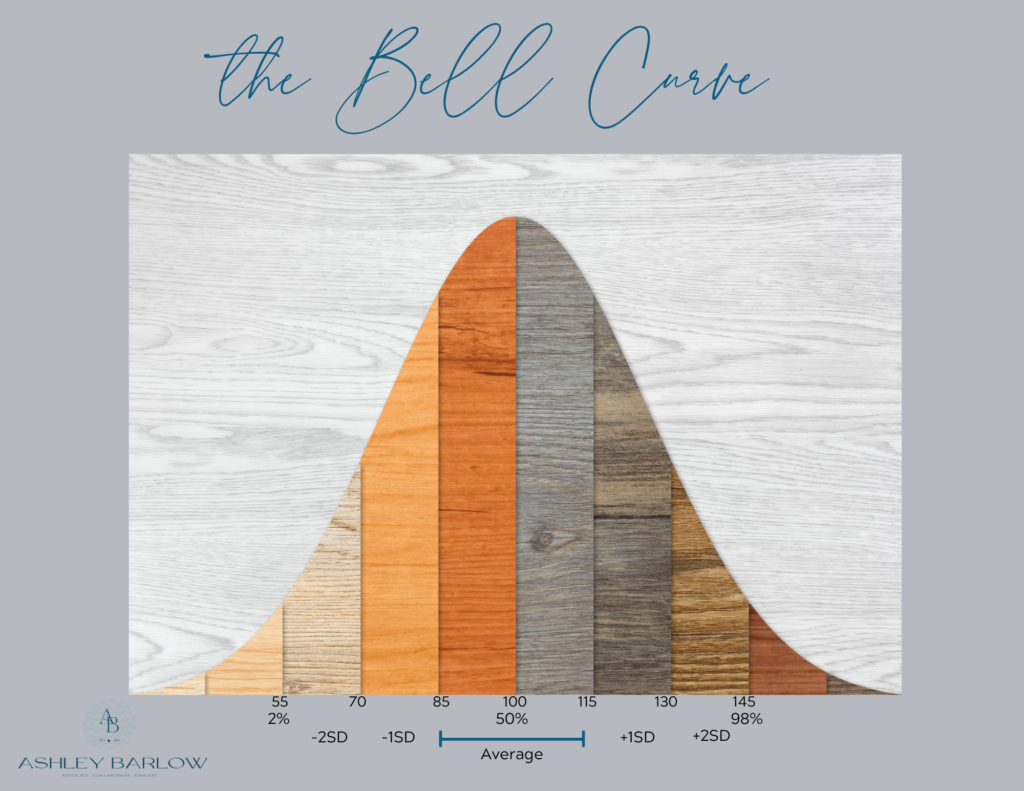Tune In: Apple Podcasts | Spotify | Google Podcast
Takeaways:
School districts are required to identify, locate, and evaluate children that are suspected as having a disability. Therefore, once a district or a parent identifies a child as possibly qualifying for special education services, the district must conduct an evaluation. To understand the evaluation report, one must have an understanding of the bell curve.
Evaluations are a fact of life in special education. They are the gateway to the IEP. School districts are required to identify, locate, and evaluate children that are suspected as having a disability. That requirement is often called the “Child Find” requirement. As a result of Child Find, once a district or a parent identifies a child as possibly qualifying for special education services, the district must conduct an evaluation. The evaluation will result in an eligibility determination. That is, once the child is evaluated, the IEP team will consider whether the child qualifies for special education services; and then, of course, if the child qualifies, then, the child receives the desired IEP. In this episode, we’ll walk through the evaluation process, how to read the report, and then what to do with them once you have them.
The evaluation report can be extremely intimidating. They’re often several pages long, they include a ton of statistics that can be confusing, and quite frankly, they often make parents feel like they’ve turned children into statistics instead of people. That said, evaluations are a necessary part of the special education eligibility process, and they can be very helpful.
Evaluations consist of – essentially – tests. The IEP team meets to discuss the evaluation plan. They choose what areas will be tested. Generally, the team will test the areas that are necessary to qualify for the suspected disability. It’s helpful to look at the eligibility form for that area of disability in order to make sure that the team considers every test. Tests can include cognitive tests (IQ test); academic tests; tests to assess motor skills and speech skills; tests to assess the need for assistive technology and vocational aptitude, skills inventories, social profiles, etc.
The results of the evaluations are compiled into an evaluation report, which is often a long document. Each test will be discussed in the report. Most tests are scored on a bell curve. We’ll go through the bell curve in the episode.

The team then uses the scores to determine whether the child is eligible for special education services. They reference the eligibility forms for each disability category to see if the child qualifies for special education services. At the end of the podcast, I provide an example of an eligibility form for quick reference.
Prepare For A Remote Learning Plan in 2020
This tool will help parents, caregivers, teachers, school staff, and community members that support children with IEPs to prepare for remote learning. Download here!

+ show Comments
- Hide Comments
add a comment